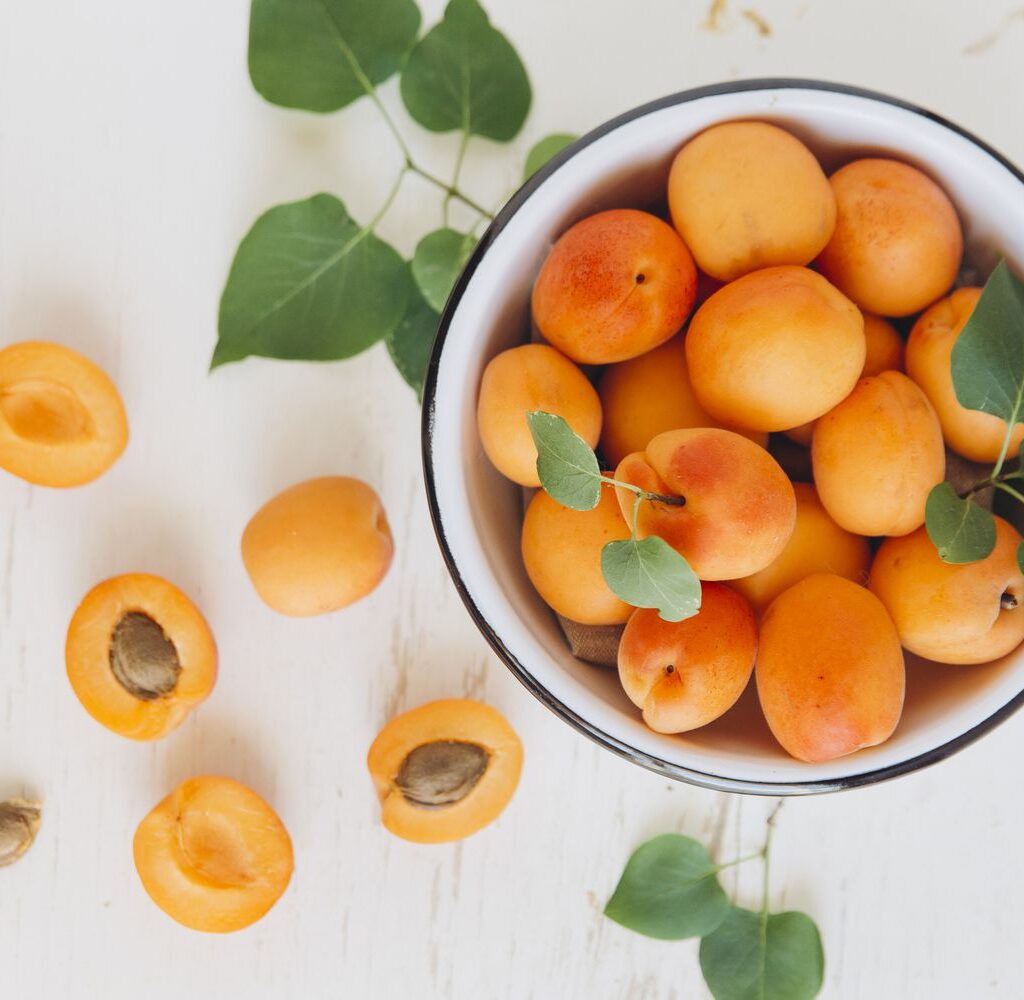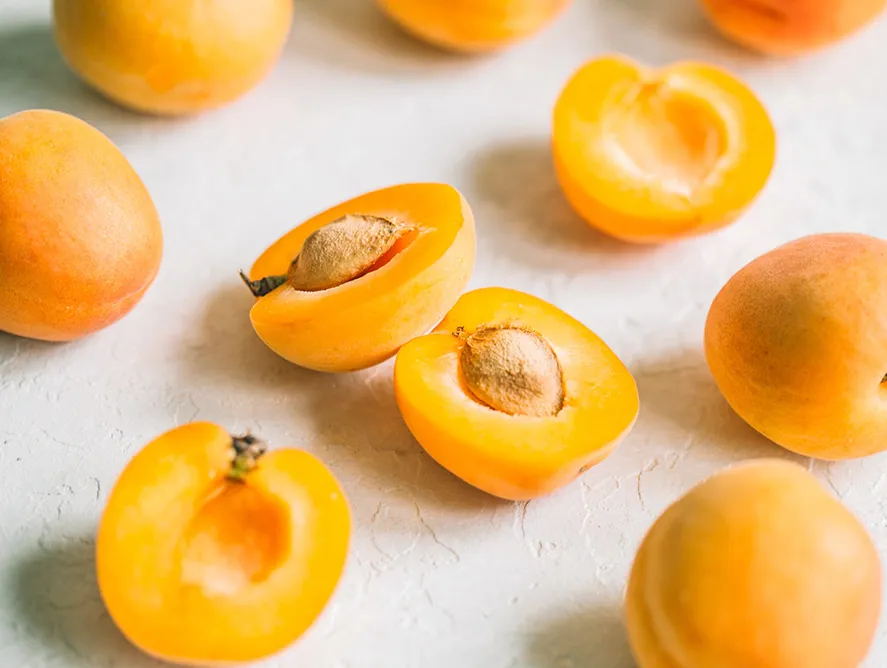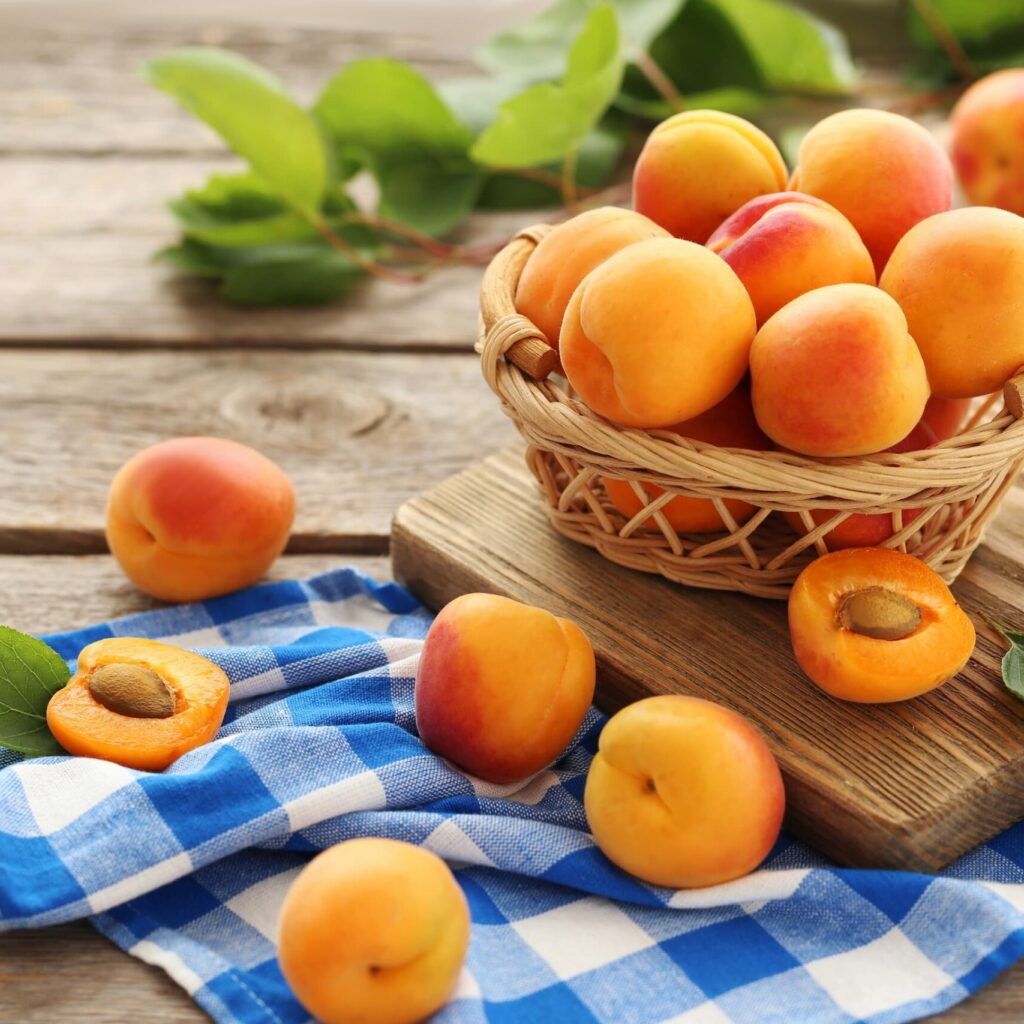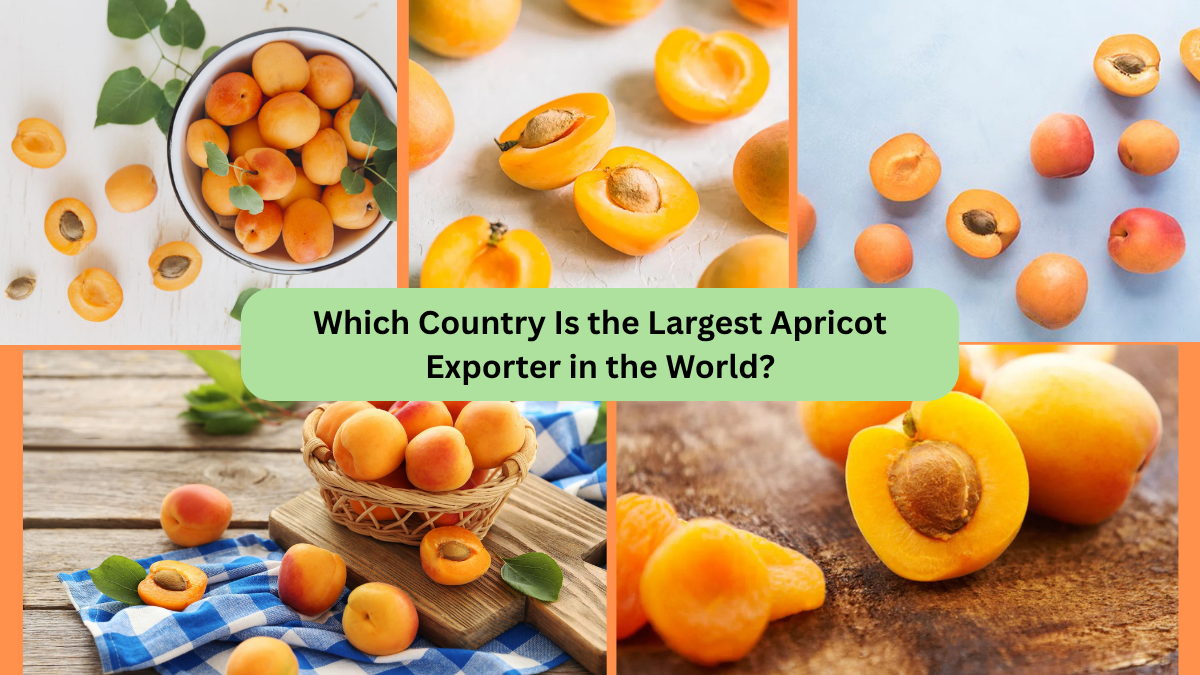Apricots — those sun-kissed, juicy stone fruits — have been cherished for centuries for their unique sweet-tart flavor and nutritional value. Originating from Central Asia and widely cultivated in Mediterranean and temperate regions, apricots hold an important place in global fruit trade today. Used fresh, dried, or in jams, pastries, and liqueurs, apricots are a staple in both home kitchens and commercial food industries.
While several countries grow apricots in abundance, only a few dominate the export trade. So — which country leads the world in apricot exports? In this article, we’ll dive into the top exporter, what drives its success, and how the global apricot market is evolving.
Global Apricot Market Overview

According to the Food and Agriculture Organization (FAO), global apricot production exceeds 3.8 million metric tons annually. The largest producers include Turkey, Uzbekistan, Iran, Italy, Algeria, Spain, and China. However, not all major producers export large volumes — many consume the majority of their harvest domestically.
The international apricot trade is driven by increasing demand in Europe, the Middle East, and Asia, where apricots are prized for their flavor, versatility, and health benefits.
Which Country Is the Largest Apricot Exporter in the World?
Based on recent trade data from the International Trade Centre (ITC) and UN Comtrade, Spain holds the position as the world’s largest apricot exporter.
Key Export Facts:
- In 2023, Spain exported approximately 155,000 metric tons of fresh apricots.
- The total export value reached around USD 155 million, capturing roughly 29% of global apricot export value.
- Spain’s primary export destinations include Germany, France, the United Kingdom, the Netherlands, Austria, and Italy.
Why Is Spain the Leading Apricot Exporter?

Several strategic advantages help Spain maintain its leadership in the global apricot market:
Ideal Mediterranean Climate
Spain’s warm, dry summers and mild winters create perfect growing conditions for stone fruits like apricots. Major apricot-growing regions include Murcia, Valencia, Aragón, and Andalucía, where farmers benefit from long sunshine hours and fertile soils.
Early-Season Production
Spain’s ability to harvest apricots as early as late April and May gives it a crucial head start over other European producers. This early-season advantage allows Spain to capture premium prices in markets eager for fresh fruit after winter.
High-Quality Varieties
Spanish growers cultivate a diverse selection of apricot varieties, including early-ripening, late-season, yellow-flesh, and red-blush apricots. This diversity appeals to varied consumer tastes in Europe and beyond.
Modern Farming & Export Infrastructure
Spain’s apricot industry is supported by state-of-the-art irrigation systems, post-harvest cooling facilities, and efficient cold-chain logistics, enabling exporters to maintain fruit quality over long distances.
Access to the EU Market
As an EU member, Spain benefits from free trade agreements and tariff-free access to major European markets, giving it a competitive edge over non-EU producers.
Other Major Apricot Exporters
While Spain leads the way, several other countries play important roles in the global apricot trade:
Turkey
- The world’s largest apricot producer, with around 750,000 to 900,000 metric tons annually.
- Exports primarily dried apricots (from the famous Malatya region) but also ranks second in fresh apricot exports.
- In 2023, Turkey exported about USD 58.6 million worth of fresh apricots, accounting for 11% of global trade.
Italy
- Italy is one of Europe’s key fresh apricot exporters.
- In 2023, Italy exported roughly USD 56.9 million worth of apricots.
- Popular for producing high-flavor varieties like Pellecchiella and Precoce di Tirynthos.
France
- France’s apricot orchards, primarily located in the Rhône Valley and Provence, produce premium-quality fruit.
- French apricot exports in 2023 reached USD 48.8 million.
Uzbekistan
- Central Asia’s historic apricot-growing nation, particularly around Samarkand.
- In 2023, Uzbekistan exported about USD 45.2 million worth of fresh apricots, especially to Russia, Kazakhstan, and China.
Greece
- With fertile lands and a Mediterranean climate, Greece exported about USD 33.1 million worth of apricots in 2023, mainly within the European Union.
How Are Apricots Exported?

Apricots are highly perishable, which makes proper handling crucial for international trade. Fresh apricots are exported using refrigerated containers (reefers) to maintain low temperatures during transport.
- Packaging: Typically packed in ventilated cartons or wooden crates, sorted by size and color.
- Transport: Shipped via truck, ship, or air, depending on destination and delivery speed requirements.
- Dried apricots are also a significant trade commodity, especially from Turkey, Iran, and Uzbekistan, often exported in bulk.
Current Trends in the Global Apricot Market
Rising Health Consciousness
As consumers seek natural, vitamin-rich foods, apricots are in demand for their antioxidant properties, dietary fiber, and high vitamin A and C content.
Growing Asian and Middle Eastern Markets
Countries like China, India, and Gulf nations are increasing their fresh and dried apricot imports, driven by expanding middle-class incomes and shifting dietary preferences.
Advancements in Cold Chain Logistics
Improvements in refrigerated transport and storage technologies have extended the shelf life of apricots, enabling exports to far-flung markets without compromising quality.
Organic and Sustainable Farming
Demand for organically grown apricots is rising, particularly in European and North American markets, encouraging growers to adopt eco-friendly farming practices.
Challenges Facing Apricot Exporters

While opportunities abound, the apricot export industry faces several challenges:
- Climate change: Late frosts, droughts, and hailstorms can damage apricot blossoms and reduce yields.
- Perishability: Fresh apricots have a short shelf life, requiring quick and careful handling.
- Market volatility: Prices can fluctuate based on seasonal availability and production levels in competing countries.
- Regulatory compliance: Exporters must meet stringent phytosanitary and food safety standards, especially when shipping to the EU and North America.
Future Outlook for Apricot Exports
The future of global apricot exports looks promising. According to market forecasts:
- Fresh apricot exports could surpass USD 600 million globally by 2030, driven by rising demand for healthy, natural foods.
- Spain is expected to maintain its position as the top exporter, though competition from Turkey, Uzbekistan, and emerging producers in Central Asia and North Africa is growing.
- Organic apricot production and value-added products like dried apricots, jams, and juices will expand market opportunities.
- Exporters investing in modern cold chain systems and sustainable farming will gain a competitive edge.
Conclusion

To recap:
- Spain is the world’s largest apricot exporter, shipping over 155,000 metric tons of fresh apricots annually, valued at about USD 155 million.
- Spain’s success is built on its Mediterranean climate, early harvest timing, modern infrastructure, and strategic EU market access.
- Other major exporters include Turkey, Italy, France, Uzbekistan, and Greece.
- Global apricot demand is rising, fueled by health trends, growing Asian markets, and interest in organic, natural produce.
- Challenges like climate variability and market volatility persist, but technological and logistical improvements offer long-term growth potential.





